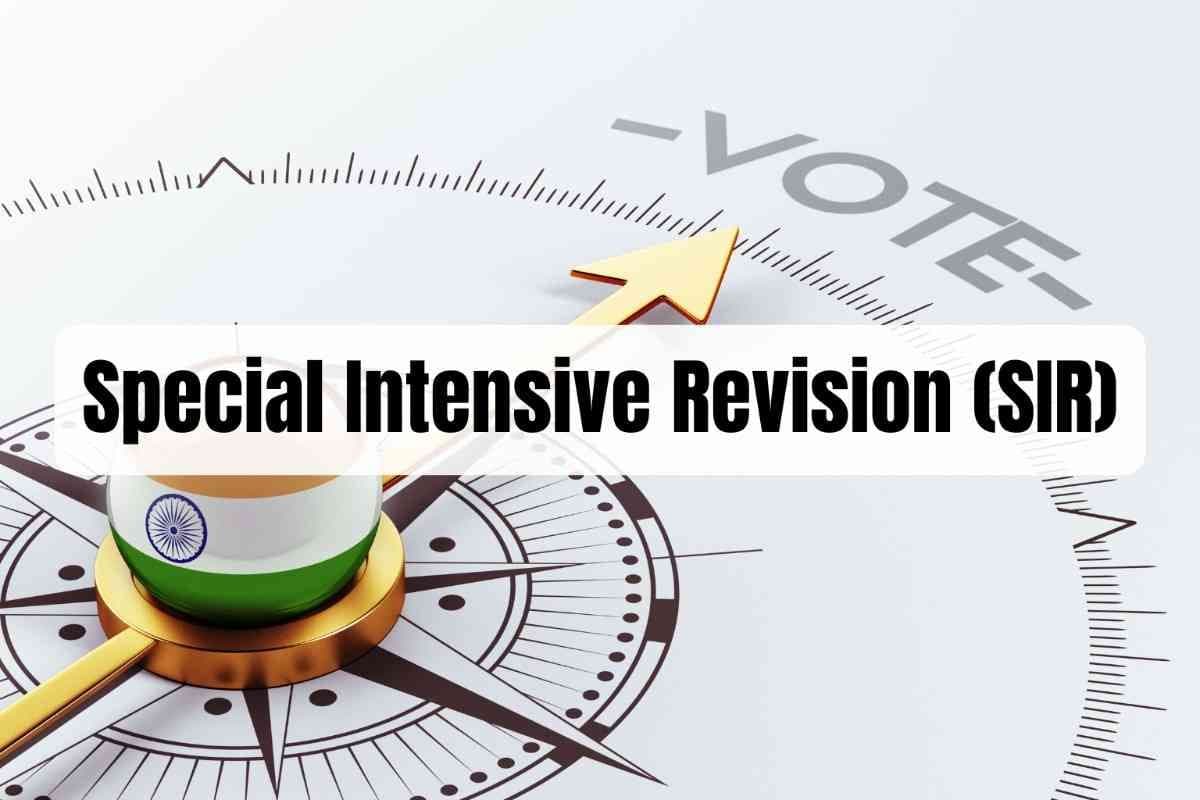Current Affairs 2024 - Conflicts in West Asia
Feb, 2025
•2 min read
Introduction
West Asia remains a hotspot for conflicts due to deep-rooted geopolitical, sectarian, and resource-related tensions. India's strategic interests in the region, including energy security, trade, and the welfare of its diaspora, necessitate a nuanced approach to managing these challenges. Amid escalating Iran-Israel tensions, India has emphasized dialogue and diplomacy while maintaining ties with all key players.


Reasons for Persistent Conflicts in West Asia
1. Geopolitical Rivalries and Proxy Wars
- Iran-Saudi Arabia rivalry drives proxy wars, e.g., Yemen Civil War.
- Israel-Iran tensions over nuclear ambitions and support for groups like Hezbollah.
- Refugee crises exacerbated, with 7.2 million Syrians internally displaced.
2. Religious Sectarianism
- Sunni-Shia divide fuels regional conflicts, e.g., Bahrain's tensions between Sunni monarchy and Shia-majority population.
- Iraq's war-related deaths (2003-2011): ~500,000.
3. Oil Abundance and Resource Control
- Region holds ~48% of global oil reserves, sparking conflicts (e.g., Iraq-Kuwait).
- Strategic chokepoints like the Strait of Hormuz heighten tensions, affecting global oil trade.
4. Colonial Legacy and Arbitrary Borders
- Sykes-Picot Agreement ignored ethnic divides, e.g., Kurdish struggle for autonomy.
- Israeli-Palestinian conflict rooted in the British Mandate period, leading to humanitarian crises.
5. Authoritarian Regimes and Political Repression
- Monarchies and dictatorships suppress dissent, e.g., Arab Spring crackdowns.
- Syrian regime attacks (2024): 500+ civilian casualties and 120,000 displaced.
6. Foreign Interventions
- U.S. interventions (Iraq, Syria) often destabilize further, fostering extremist groups.
- Rising Chinese influence through the Belt and Road Initiative challenges U.S. and Indian interests.
Implications for India
1. Energy Security
- West Asia supplies 60% of India’s crude oil imports; disruptions impact prices and inflation.
- India's diversification efforts include agreements with Russia and renewable energy initiatives.
2. Diaspora and Remittances
- Over 8 million Indians in the region contribute 50% of India's remittances (~$87 billion in 2021).
- Policies like "Saudization" and regional instability pose challenges.
3. Trade and Maritime Security
- GCC-India trade: $161.59 billion in FY 2023-24.
- Strategic chokepoints like Strait of Hormuz critical for energy imports and exports.
4. National Security
- Extremist groups like ISIS and Al-Qaeda threaten regional and Indian security.
- Cross-border linkages in Jammu & Kashmir highlighted by recent FATF reports.
5. Cultural and Religious Ties
- India’s large Muslim population (~200 million) makes developments in Islamic holy sites sensitive.
Conclusion
India’s strategic interests in West Asia demand a balanced approach emphasizing non-alignment, economic diversification, and enhanced multilateral cooperation. By fostering stability and promoting dialogue, India can secure its national interests while contributing to regional peace.
Weekly News Analysis by SuperKalam
Related Blogs
![Vijay Diwas 2025: Why 16 December is Celebrated [UPSC Current Affairs]](/_next/image?url=https%3A%2F%2Fblog-media.superkalam.com%2FVijay_Diwas_2631842d69.jpeg&w=3840&q=75)
Vijay Diwas 2025: Why 16 December is Celebrated [UPSC Current Affairs]
Dec, 2025
•6 min read

Special Intensive Revision (SIR) of Electoral Rolls: Definition, Objectives, Significance, & Challenges
Dec, 2025
•4 min read

UNICEF Day 2025: 79 Years of Global Commitment to Child Rights & Protection
Dec, 2025
•4 min read